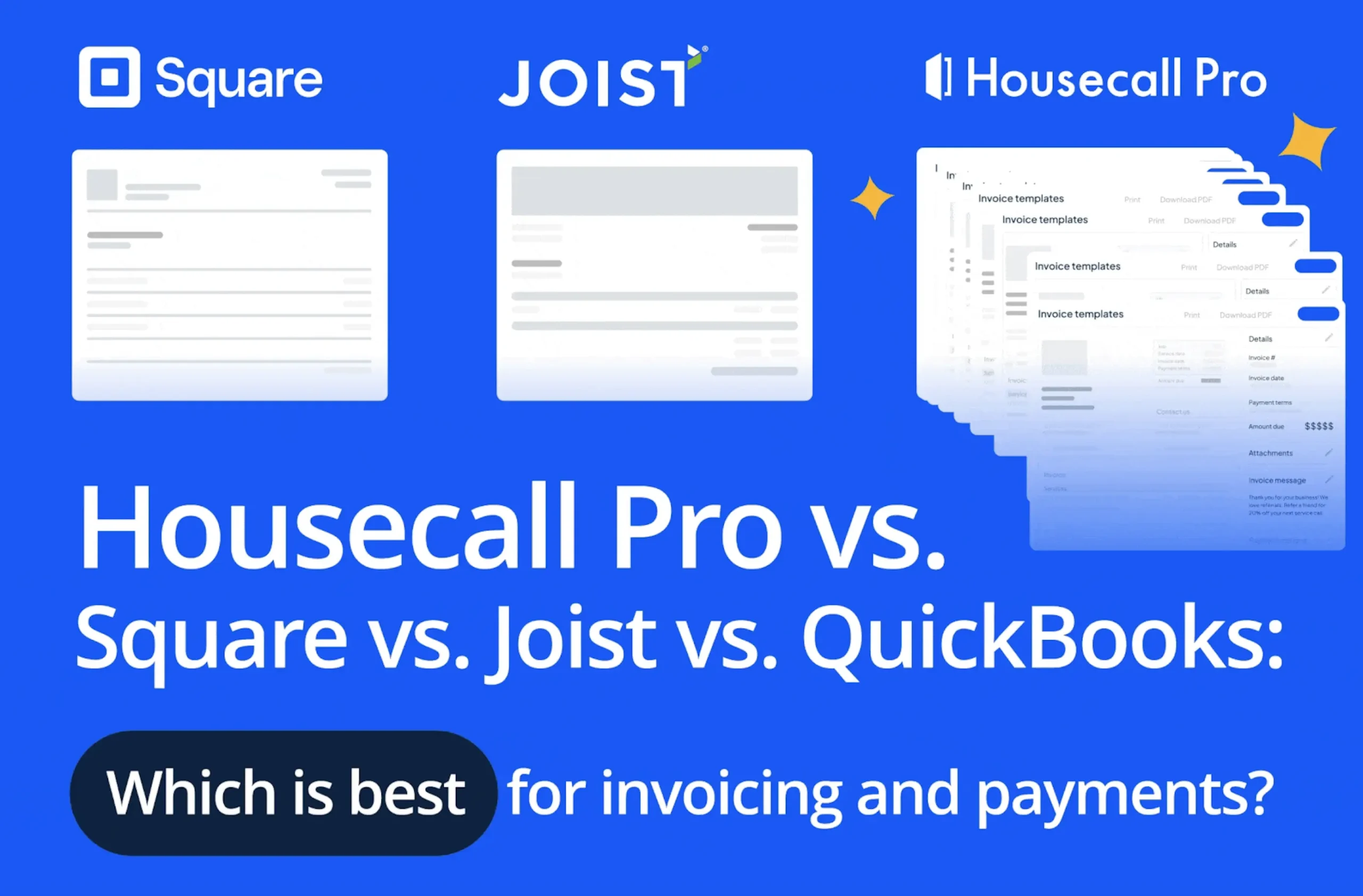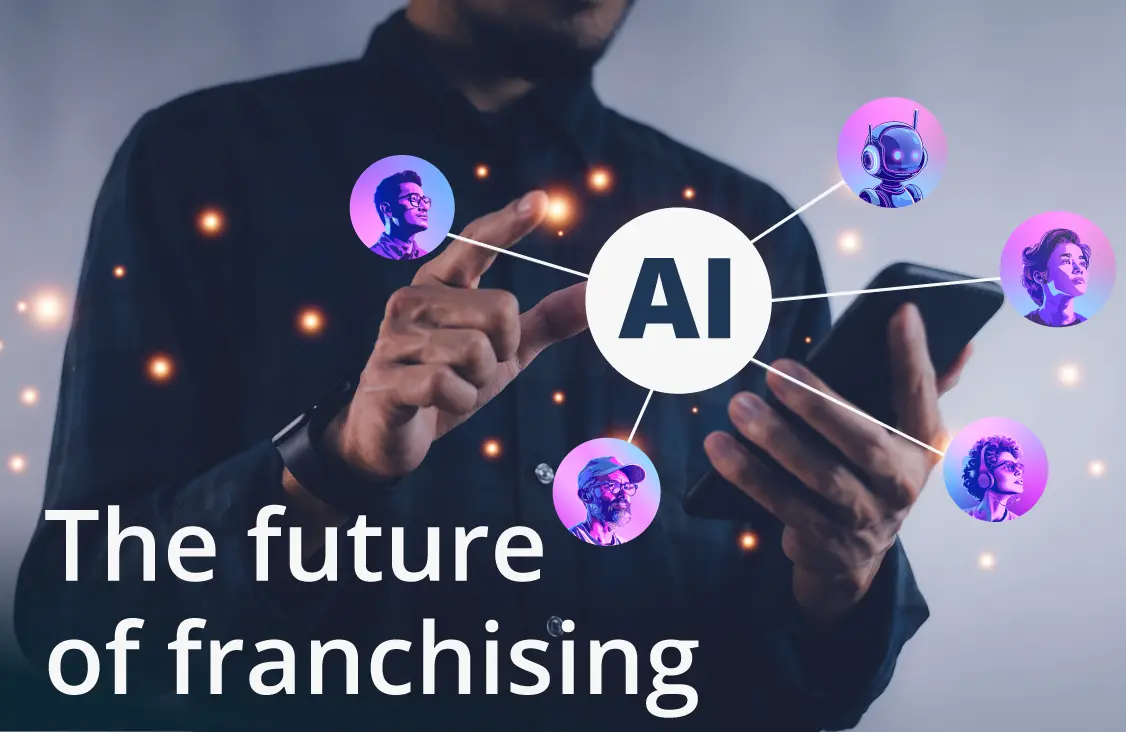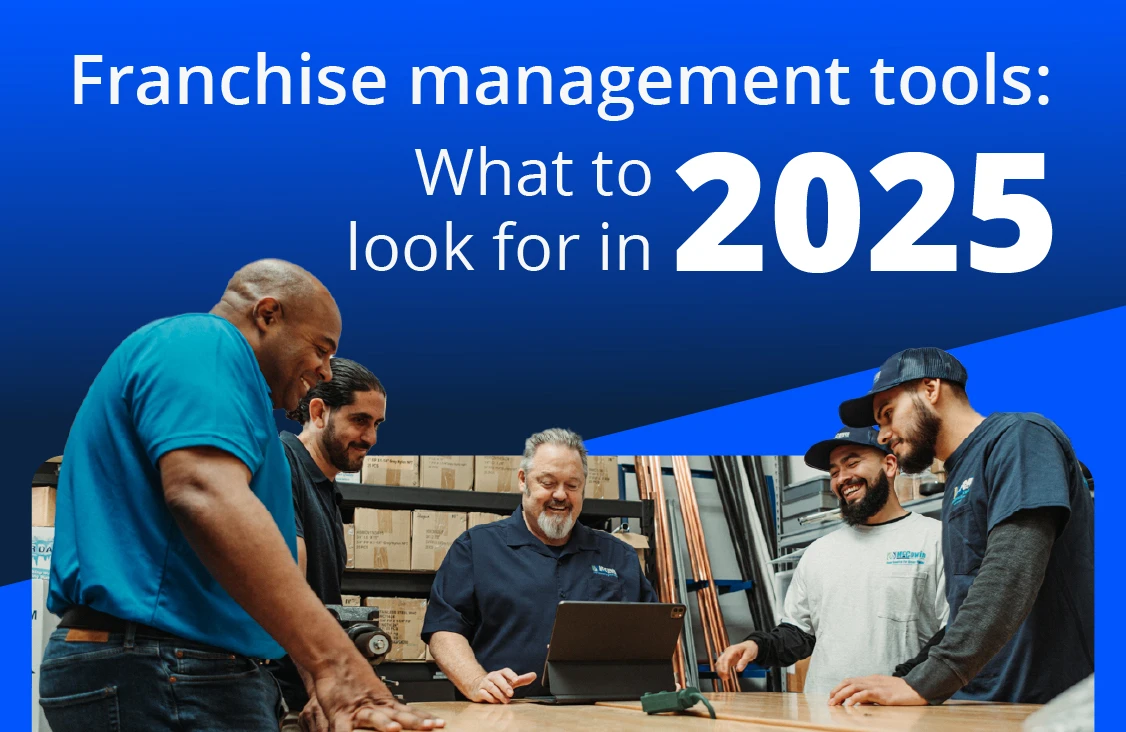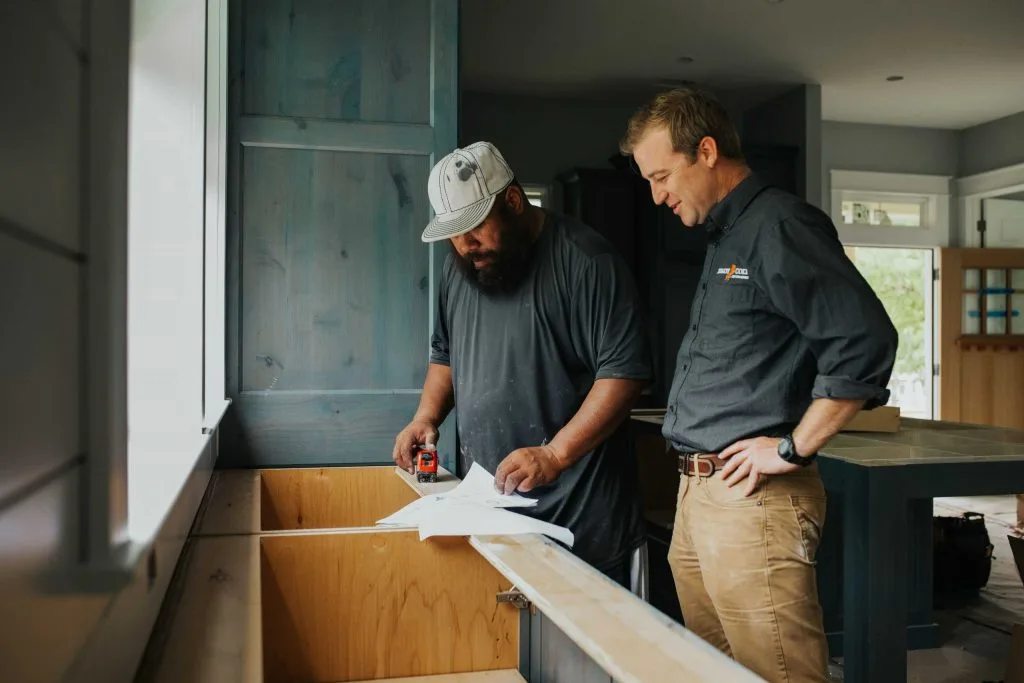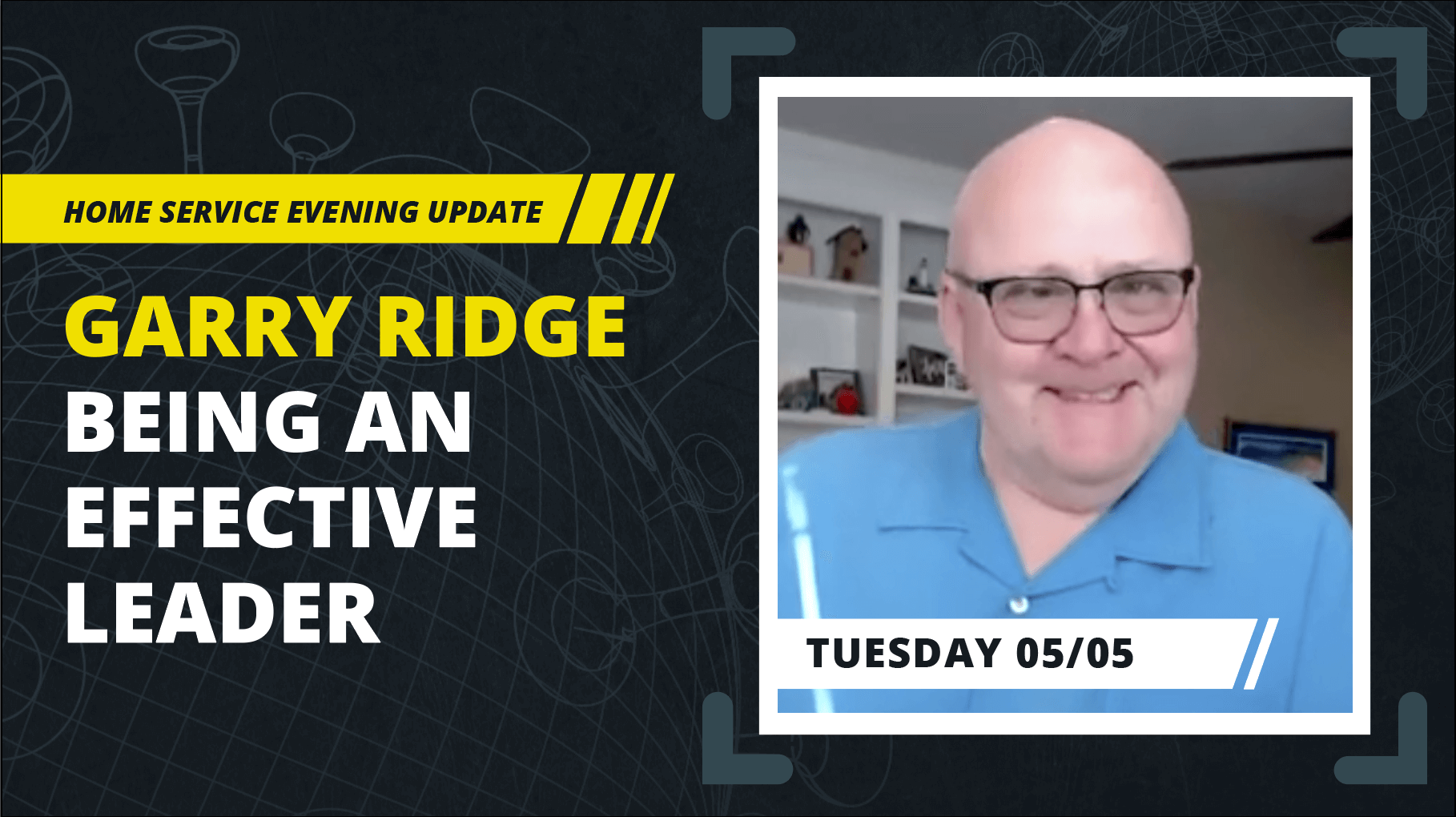
Service companies are the backbone of the economy and Housecall Pro is committed to doing everything we can to help during the Coronavirus pandemic.
I hope you find the resources below helpful. Please share this email with other home services companies.
Join the Facebook community for regular updates and webinars about the latest in the trades.
May 5, 2020 update
The Johns Hopkins CSSE dashboard is reporting 3.6 million global cases and over 250,000 deaths and more than a million recovered as of 3:32pm on May 5.
The United States still leads the world with 1.2 million cases and over 70,000 deaths. We’ve also celebrated almost 190,000 recovered.
Yesterday, New York state reported 2,538 new cases, its lowest daily incidence since March 18.
Several states across the Midwest and Plains have recorded increased case counts over the past 2 weeks or so—including Indiana, Iowa, Kansas, Minnesota, and Nebraska—all of which have reported COVID-19 outbreaks at meat processing facilities.
US SOCIAL DISTANCING
A number of states in the US are beginning to relax social distancing measures implemented under “stay at home” or “safer at home” orders.
Florida began that process yesterday, allowing most of the state’s counties to start reopening non-essential businesses, with some restrictions.
Vice President Pence said this afternoon and the President later confirmed that the White House’s coronavirus task force could be disbanded within a month. The task force is headed by Pence and made up of officials from the administration.
In promising news, Pfizer is testing multiple versions of an experimental coronavirus vaccine in healthy young people this week with an ambitious goal of having a vaccine ready for use in high-risk groups by the fall.
How to avoid being soul-sucking
Special guest: CEO: Garry Ridge the CEO of WD-40 Company
Chairman and Chief Executive Officer of WD-40 Company
Besides being the CEO of one of the world’s most recognizable brands, Garry is passionate about learning and organizational culture. Garry is a professor at the University of San Diego’s Master of Science in Executive Leadership program. He also co-authored a book with the iconic Ken Blanchard titled “Helping People Win at Work”
History of WD-40
Invented 1953 in San Diego to stop corrosion in the umbilical cord of the Atlas space rocket. The reason it’s called WD 40 is the chemists at that time mixed up 39 formulas that didn’t work and the 40th one worked and it’s named water displacement 40th formula.
COVID19 experience for WD-40
This started for us back on January 17th because we have quite the operation in mainland China and that’s when China started to shut down. I was actually in Italy when it started to outbreak in Italy and Europe. So we’ve been watching countries go into the COVID virus situation and then actually come out the other side and that’s encouraging. Now, our China office is the only WD-40 office in the world that’s actually fully functioning right now and is back to about 80 to 90% of the workflow and the order flow over there.
This is a tough time. I call it the economic ice age. Never before in the history that we would all remember has such an attack been made on humanity everywhere at one time. The good side of it is that it’s helping us become better leaders.
Every morning I really ask myself, how can I make the biggest difference today? And if I can’t influence something, I let it go because we don’t have the time to be able to focus on things that we can’t influence.
And this is a great time for us as businesses to really understand the value of having a highly engaged workforce. You know, it’s very sad that in most organizations, 70% of the people go to work every day and they’re disengaged. And in these times they’re going to be even more disengaged. I’m very proud of the fact that our tribe has a 93% employee engagement. And it’s because we’ve learned the power of servant leadership.
We get up every day to create an environment where people go to work, they make a contribution to something bigger than themselves. They learn something new, they’re protected and set free by a compelling set of values and they go home happy. Our mission as an organization is to make life better at home and at work.
What we have learned during this time
- It’s not a time to be judgmental.
- It’s a time when we have to forgive ourselves for being human. But more importantly, forgive others for being human. And it’s okay. You know, I don’t know how many calls I’ve been on, on WebEx or on zoom where max my dog starts barking. Where the lawn mower outside is turned on and we just have to forgive ourselves for that. I was actually on a call the other day and the guy on the other side, when he was in his office and his little girl walked in to pick up some paper, hi daddy. It was kind of a special moment. So we have to forgive ourselves for being human and we have to forgive others for being human.
- It’s really also a time to be mindful. It’s a time to be mindful of others and understanding. A great thing to do every day is to reach out to someone and ask them, how are you today? I love that saying, if you knew you weren’t going to be here tomorrow, who would you call and why are you waiting? So it’s our time now to touch people in a special human way.
Leadership in the Economic Ice Age
- We need to be intentional in what we do but also set boundaries.
- We want people in this time to be creative. We want to bring out the best juices we can. And We naturally tend to shift over into micromanagement during these sorts of times
- In times of turbulence, you have to ease off the controls.
- Teamwork is extremely important for not only you to be successful now, but it’s so important for us to help our teammates be successful.
- We need to make sure that we’re being very clear of what success and a good job looks like so that we can reward and applaud people for the great things that they’re doing. It’s a shame that a lot of people only know they’re doing a good job because no one yelled at them today. So now’s the time for us to reach out and do that.
How to be a true leader
- The true leader involves their people and loves their people. And there’s no problem in using the word love or care in a business. The true leader is always in servant leadership mode.
- Great leaders are connected and have emotional intelligence
- We say at WD 40, we don’t make mistakes. We have learning moments. And why do we say that? Well, one of the greatest fears people have is failure. And we like to take that word out and say we can learn from every opportunity we have. So a learning moment to us is a positive or negative outcome of any situation that can be openly and free, freely shared for everybody. Great leaders have a heart of gold, but they have a backbone of steel because they have to care for their people. We say care, candor, accountability and responsibility. And care is caring for your people. Candor is no lying, no faking, no hiding. I believe most people don’t lie, but what I do believe happens is they fake and hide because of fear.
- Leaders know that micromanagement is not scalable and leaders do what they say they’re going to do.
- Leaders value the gift of feedback.
Feedback breeds Innovation
- I was listening to Simon Sinek this morning and he said, he went out to everybody in his organization and all the people he works with and he asked them, I want you to come tomorrow with 15 things we could do differently to make our business better. Now he said, why did I ask for 15? He said, because if I asked for three, we all would’ve come up with the same three because they would have been very obvious.
- Imagine if all of your pros talked to their family, to the people in their organization and said, tell me 15 things that we might do tomorrow to take our business forward and have an open conversation about their ideas and who knows what will come out of them.
Developing Your Own Unique Leadership Point of View
- Leadership point of view is a bit like also finding your why. They’re very, very close.
- It’s an understanding of what you really stand for.
- I get up every day to help people create positive lasting memories. It’s the most exciting thing that I do. And finding all the different ways to do that is what gives me my satisfaction. So everything I’m asked to do, I put it through the lens of will this help create a positive, lasting memory? The reason I’m on the show today, Mel, is you’re a friend of mine. You called me up and you said, you know, would you mind doing it? I thought, yes, because hopefully I can share some learning that I’ve learned.
- Start reading the book Start with Why by Simon Sinek, he takes the leadership point of view and turns it into something really powerful.
- Most organizations know what they do. Some organizations know how they do it. Not many organizations know why they do what they do.
What is the Why for your Employee
Lean into your employees and find out what their why is. Because the why of your organization or as a leader is not necessarily the same as an individual coming into your business.
What’s important to them? Why do they get up every day and do the work?
This is often something overlooked by leaders. They think we all have the same why. And guess what, most people’s why is not just to make money.
Advice for Finding Your Leadership Style
- DISC Model: https://www.discprofile.com/what-is-disc/overview/
- D- Dominance: Person places emphasis on accomplishing results, the bottom line, confidence
- I- Influence: Person places emphasis on influencing or persuading others, openness, relationships
- S- Steadiness: Person places emphasis on cooperation, sincerity, dependability
- C- Conscientiousness: Person places emphasis on quality and accuracy, expertise, competency
When you take that next step and you start to hire, how do you make sure that you can really give the ownership mentality to your employees? So that way they’re taking ownership of your brand as a company, as you, as an individual as well, but you’re also empowering them to do their best work. Like what’s your strategy there and how would you kind of counsel our, our pros?
- Be deliberate around what expectations are
- You have to have a set of values that are clearly defined that absolutely empower the employee
- Now we have a set of values at WD 40 company. Our first value is we value doing the right thing. The second one is we value creating positive lasting memories in all of our relationships. These are hierarchical and the last value is we value the WD 40 economy. Because they are hierarchical people can make decisions. I’ll give you an example. We could make a product that was less expensive than the product we make if we put chemicals in our brands that were prop 65 chemicals. We have no prop 65 chemicals in our products whatsoever.That is living our first value. We value doing the right thing. If the first value was we value sustaining the WB 40 economy which was making profit, then our people would probably be encouraged to use cheaper chemicals that are not good for the health of our people in the field. So if you’ve got these values, the people then make the decisions.
Micromanagement isn’t Scalable, but Culture is
- 20 some years ago, 80% of our business was in the United States and we wanted to go global. Today, 65% of our businesses are outside of the United States. And we operate in 176 countries around the world.
- Micromanagement wasn’t scalable. We had to come up with a clear purpose and a clear set of values so people could go to work and do what they needed to do.
- Culture is very important. And here’s an equation that I’ll give you for culture.
- Culture = (Values + Behavior) x Consistency = “What Happens When”
- So if you want to build a great culture, you have a clear set of values. And what happens when you have a clear set of values is that you then are brave enough and loving enough to your tribe to be able to redirect bad behavior. And you do it every day, every day, every day, every day, every day, every day until it becomes embedded in your business. And then it becomes the natural state of your business.
- What you permit, you promote. So if you let someone get away with it, you might as well just be making it part of your process.
- What gets recognized gets repeated. So when you see something good, say something. And you know what? You see so much more good in your business than you do bad.
How do you continue to be a visionary in your company while still upholding your leadership principles?
- I think again, it goes back to, listening to the customer, listening to the end user.
- We’ve innovated with a number of new delivery systems over time for one reason and that’s to make the job easier.We want the pros that use our product to get in, do their job, do it safely, do it quickly and get out because that’s how they move on to the next job. So listening to and respecting the feedback from your end users is very, very, very important.
- We extended our product into a range of specialty products and as I mentioned earlier, one of the key deliverables was we were going to deliver best in class and safest products we could to our end users and our pros. Because our second value is we value creating positive, lasting memories in all of our relationships. If we’re delivering a product that’s prop 65 or something like that and there are products out there like that, that’s not going to create any positive lasting memories.
- My brother was a tradesman, he was an electrostatic painter in Australia and unfortunately he died of cancer and he developed that by using products that had cancer causing chemicals in them. And I, from that day on, I said, this will never happen again within our company.
What are you doing at WD 40 to keep your employees safe? Or what advice would you have for our viewers that could apply to their businesses on how to keep employees safe or at least to talk about and think about employee safety during these times?
- When we went out and started this journey back on January 17th, in China, we had three primary objectives. The number one objective was the safety and the wellbeing of our tribe members.
- I think the best advice we can give from our learning is to be very transparent. Talk, ask them what they are concerned about, why they are concerned about it and be transparent about working with them. We’ve just started and in fact, out of our organizational development and human resource people just put out today a protocol of how we’re going to think about going back to work. And we’ve talked about red, green, yellow and white. So our first state will be a red, which will have certain things that we are going to mandate, around distancing, cleaning of our premises.
- We can’t force them to feel safe. We want them to feel safe and help make them feel safe by providing an environment of clear safety with a lot of transparency.
How are you all thinking about your business and the world moving forward? You’ve mentioned being so incredibly global. How is business going to be different?
- When we come out of this economic ice age that we’re in, it is going to be different. I think we’ve all learned a lot of news tools. I’ve certainly become a lot more proficient on zoom and WebEx than I ever have before. But I can’t answer that question directly.
- What I do know is that we’re going to capture all of the learning. I went out to our tribe globally a week ago and I said, please share what has changed in your life and what you have learned in the last seven or eight weeks while we’ve been working virtually. So they’re sharing back to us all of those learnings and we’re going to bring them all together with our leadership team and look at what are the things that we can take from this to go forward to make it better than it is today. Which in fact is one of our values. One of our values is we value making it better than it is today. So we’re going to make sure that we don’t waste the opportunity of being a curious learning organization during this time.
Questions from the Audience
How do you deal with conflicting leadership? Even on the minor details, things change often depending on who is in charge that day, things can change even in the same day sometimes. How would you handle that?
- Leadership is not about being in charge. Leadership is about taking care of the people in your charge and what you promote, you get and what you don’t stop, you get more of Leadership itself is a bit like being on Broadway, 24 hours a day, seven days a week with the lights on. You’re always being observed as the leader and I have a zero tolerance policy for poor leadership behaviors in the organization and our values help us do that as well.
- I’ll give you a very quick example of that. We were in a leadership meeting not long ago and one of our leaders came in and they were not creating positive lasting memories and it wasn’t a natural state for this person.So when the meeting was over, I called this person aside and I said, let’s just go for a walk. We walked out into our parking lot and I started looking under a car and I looked in the trash can and I looked behind a tree and this person said, what the hell are you doing Gary? I said, I’m looking for you. He said, what do you mean you’re looking for me? I said, You, I know. And you were not in that room today. Help me understand why the best leader didn’t come to work today. And we had an open conversation. I did a little coaching. That person went back and went to the people who were in that meeting and apologized for bringing some toxic air into that meeting, because that toxic air left that meeting and went with those leaders to other places in the company. Interestingly enough, the next day I observed that the people were going to that person and checking in on and seeing how their day was today.
- So the answer to the question is you have to be deliberate. You have to love someone enough to be brave and courageous enough to be able to go and redirect the behavior, but not in a way that means them harm. Rather in a way that needs love and care.
What are three surprising uses for WD 40?
- Okay, I’ll give you three that I think are really funny.
- There was a lady in the Midwest who had a bird feeder and the bird feeder was on a pole and had a dish on the top and she put the bird feed in it. Well, there were some pesky squirrels that would climb up this pole and eat the bird feed. So she used WD-40 to spray the pole. The squirrel couldn’t get up the pole. The squirrel was safe, the birds got fed, the lady in the Midwest was happy.
- There was a burglar in Colorado who was breaking into a facility and he was entering through sliding through the air conditioning back.He actually stripped off and was naked and he got stuck in the air conditioning duck, so they called the paramedics and the police came and they sprayed WD 40 around the outside edge so they could pull him out from the air conditioning duck.
- A third one for you, I’ll take you to Hong Kong. There was a Python snake that was caught in the underbody of a public transport bus. They actually sprayed around the suspension of the bus so the snake could then move. The snake moved out into the street and off into the Hills of Hong Kong through stores.
- On our website we actually have 2000 uses listed for WD 40
What’s the average life of a bottle of WD 40. It seems like your bottles have a lifetime supply in them. Am I using mine wrong?
- Well, it depends who you are.
- Many of our pros that are on this call right now and our artisans are using between 40 and $70 worth of WD 40 a year. So 60% of our consumption actually goes into construction and trades, maintenance, repair and overhaul and artisans and passionate hobbyists.
- But if you go on that site and look up the 2000 uses, I’m sure that can help you empty that bottle a little quicker than it is now. We would be most grateful.
If you do not have an employee handbook where or how would you suggest starting one?
- You could simply do it on a web page or you could do it in a PowerPoint. It doesn’t have to be the biggest and most complex thing ever. Just put down the 10 basic things that you think are important.
- It’s not just your policies on tardiness or attendance or if you get vacation, but to start with the why, start with the big thing. Start with why are we in business, who are we, what’s our mission as a company?
- You can find templates online for free, reliable ones with just about all the employment law you need for your state and your County. So start writing the introduction for this template with your values and your purpose.
If you were to tell our pros to do one thing tomorrow what would it be?
- When you get up in the morning, ask yourself, how can I make the biggest difference in my work, in my company today? And then do it.
How to Get a Free Can of WD-40
- Text WD 40 (no dash) to 31996
- You will get a link in the response to you, click on it and let us know what address to ship it out to you
Legal disclaimer
Housecall Pro is offering the Coronavirus Evening Update for Home Service Businesses for informational purposes only and to foster thoughtful communication and discussion regarding the COVID-19 pandemic; Housecall Pro is not offering advisory services or otherwise advising or representing any members of the group invited to participate. Housecall Pro is not offering legal, medical or other professional advice in the Coronavirus Evening Update and makes no representations or warranties regarding the content of the Coronavirus Evening Update. Participants should obtain independent advice relating to their businesses and their particular circumstances.


